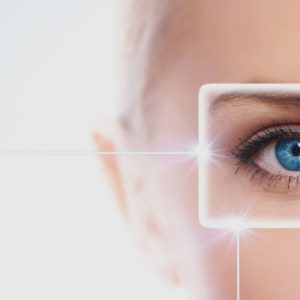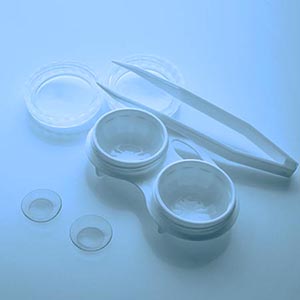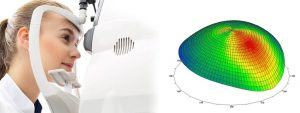Contact Lenses and Children: Part 2 Q&A
Did you know? Contact lenses can be safely worn by children aged 8 and up. Many times, parents are hesitant to get their child contact
Read MoreChildren’s Vision: FAQs
These are the 5 most frequent questions asked to eye doctors on children’s vision. You may easily find answers to your questions below. If you still have questions, contact your nearest eye doctor experienced in children’s vision.
Read MoreGuide to Implantable Contact Lenses
Have you been told you cannot have laser eye surgery? ICLs may be the solution. If you are considering laser vision correction surgery, an implantable contact lens (ICL) could be an option to provide you with the best vision.
Read MoreSoft Contacts: Dailies or Monthlies?
You have made a life-changing decision to wear soft contact lenses, now which will you choose – daily or monthly? The choice between wearing daily
Read MoreLASIK Eye Surgery: 5 Myths and Facts
Here’s the most common myths and facts on laser eye surgery. While LASIK eye surgery has become the most popular refractive surgery in the U.S, there are many misconceptions regarding this procedure that prevent people from even discussing LASIK with their eye doctors.
Read MoreWhy Am I Seeing Halos?
Seeing halos around lights can be a cause for concern, or it can be completely normal. If you notice a sudden appearance of halos or
Read MoreGuide to High-Index Lenses
High-index lenses are eyeglass lenses that are designed to be thinner and lighter than regular lenses. They are generally recommended for people who have significantly high refractive errors and strong prescriptions for nearsightedness, farsightedness, or astigmatism.
Read MoreKeratoconus Treatment: Corneal Cross-linking
Keratoconus is a progressive eye disease that weakens the cornea and changes its structure — leading to vision problems and even vision loss. The cornea
Read MoreImprove Your Sight, Improve Your Life
Believe it or not, the coronavirus pandemic may have brought about a number of positive changes in many people’s lives. The COVID-19 pandemic arrived at
Read MoreGuide to Scleral Lenses
Scleral lenses are a type of gas permeable (GP) lens that are specially designed for patients with corneal irregularities and other eye conditions that make contact lens wear difficult.
Read MoreWhat Are Contact Lenses?
Contact lenses are designed to cover the cornea, the clear covering of the eye. They stay in place by adhering to the tear film of the eye, and through the pressure from the eyelids. When you blink, your eyelid glides over the contact lens, enabling a cleansing and lubricating action to keep the contact lens comfortable on the cornea.
Read MoreWhat is Laser Refractive Surgery?
Are you thinking of having laser eye surgery? Laser eye surgery, also called laser refractive surgery, is a common procedure that is performed to eliminate the need for eye wear— both glasses and contact lenses. Up to 98 percent of patients achieve 20/20 vision with laser eye surgery.
Read MorePinguecula and Pterygium
Pingueculae and pterygia are benign growths that appear on the eye’s conjunctiva, the clear covering over the white part of your eye. What is a
Read MoreWhat Is Astigmatism?
Astigmatism is one of the most misunderstood optical terms…maybe because it is so hard to say?! Astigmatism is a refractive error that causes distorted vision, usually at all distances. It is a common vision condition that can be present at birth, or develop over time, and most frequently occurs together with myopia (nearsightedness) or hyperopia (farsightedness).
Read MoreVision and Down Syndrome
The frequency of Down Syndrome (DS) is approximately 1 in every 800 births, with an increased frequency among older mothers. With the specialized improvements in the quality of eye care individuals with DS can live a more productive, longer life. Individuals with Down Syndrome (DS) are at a higher risk for a range of vision conditions that may affect the development of their visual skills.
Read More













